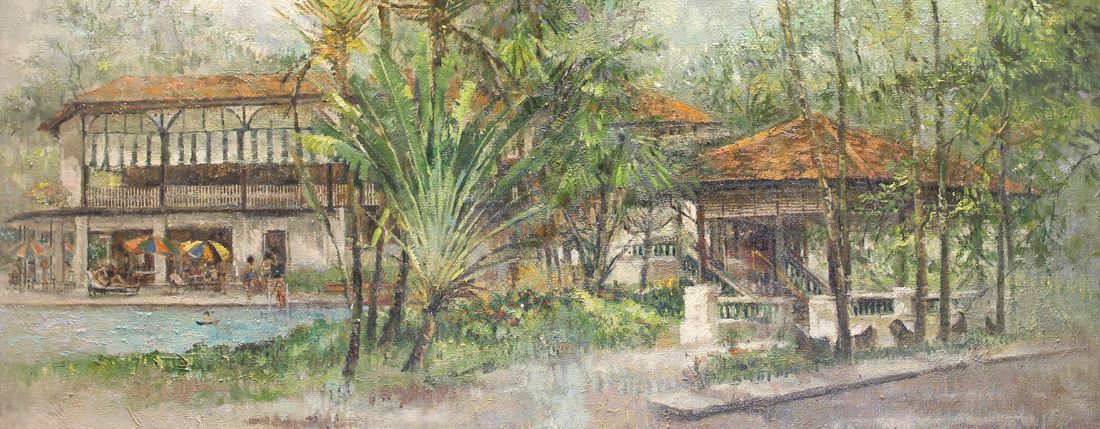Check out where the wealthy people of the country used to chill and socialise in the past
Step into the exclusive high life of the early-modern period of the twentieth century where the rich and powerful in Singapore—or known as Malaya in those days—gathered in these classy places called millionaires’ clubs to smoke a good cigar and enjoy a bangin’ Singapore Sling with their elite counterparts.
See also: These Are the Most Exclusive Private Members’ Clubs in the World
Social life was very much a common occurrence amongst the influential elite in colonial Singapore and many of these social interactions and activities took place in the most posh and ritzy clubhouses and gentlemen's clubs that will surely dazzle any retro fans today.
As elusive and high-toned as they were to most in their nouvelle operational days, these society clubs and their history on the island still remain a mystery to us as to how and when they got started—and what society members did there in the 1900s.
Even so, its Delphic origins adds to the overall intrigue and fascination with these millionaires’ clubs that essentially pioneered this luxurious lifestyle that we see in the modern private members’ clubs of today.
See also: 10 Exclusive High Society Galas Held Around The World
1. Singapore Chinese Weekly Entertainment Club

No one really knows when this club was established but it is believed to be founded on Ann Siang Hill by the wealthy Peranakan Sir Song Ong Siang in 1891, in which Club Street was named after. Built as a vernacular classical bungalow, prominent English-educated Straits-born Chinese businessmen—such as Dr Lim Boon Keng, Tan Cheng Tuan and Tan Boo Liat—would meet to not only socialise, but to also conduct business with their associates, showing the influence of the British colonial state of the time. Extravagant events like Guest Night were often organised, where Saturday nights were a time when Europeans were invited to mingle with its members and they would enjoy a 10-course Chinese dinner—with champagne of course.
See also: Millionaires Around the World are Redefining Luxury During the Pandemic



